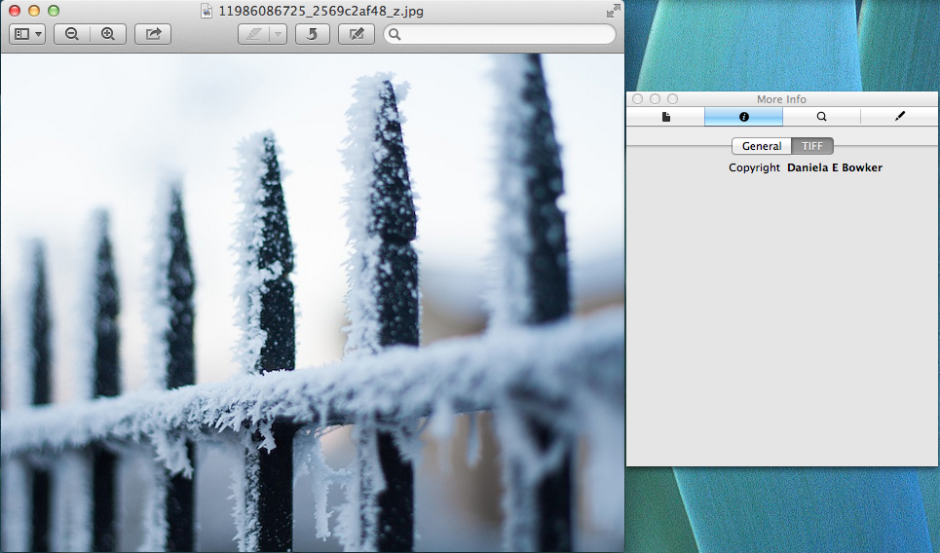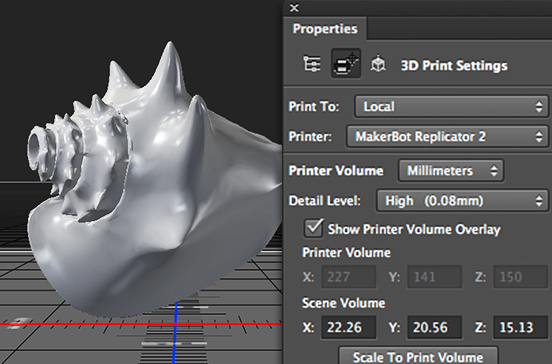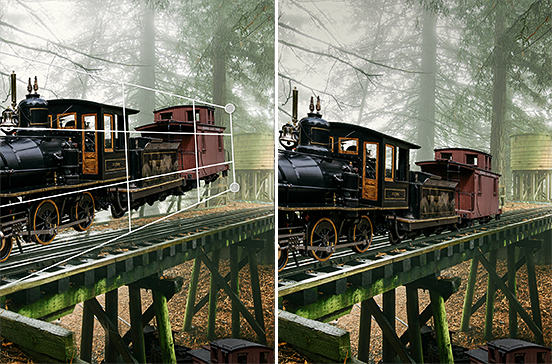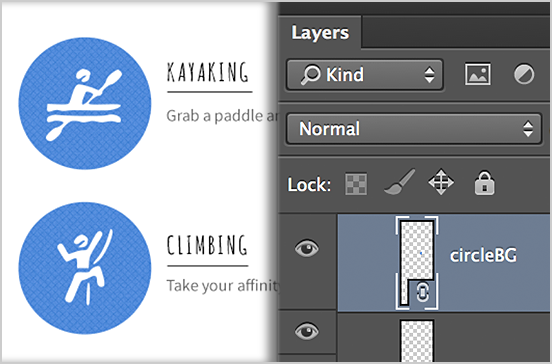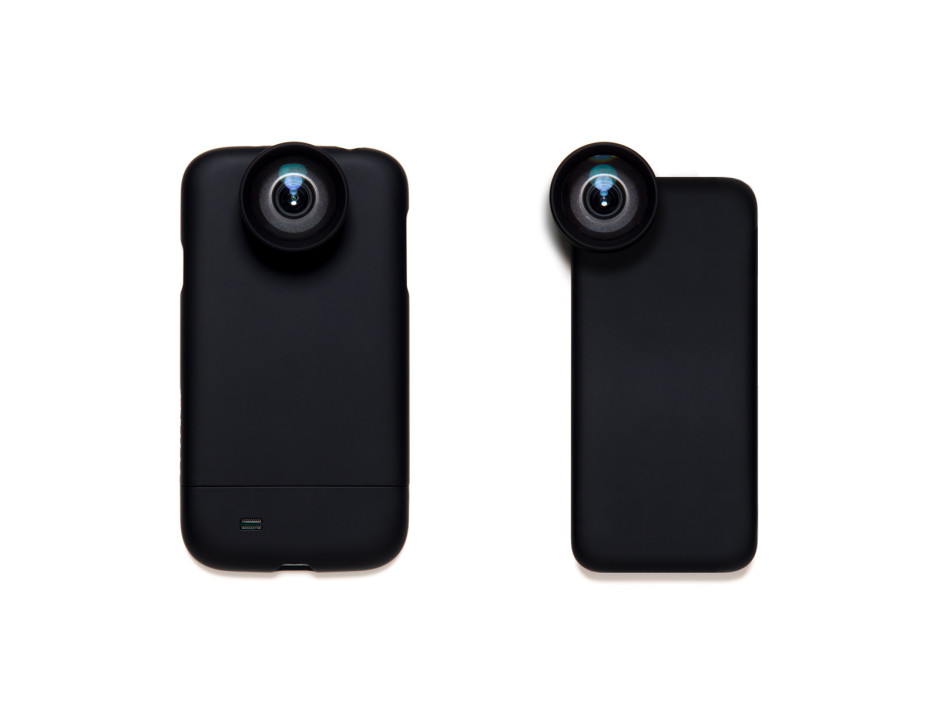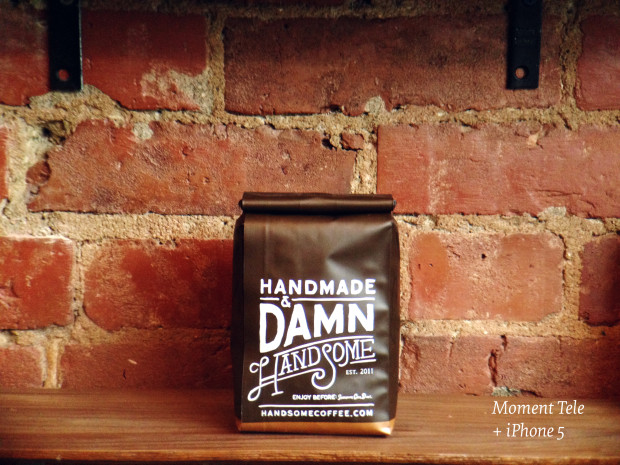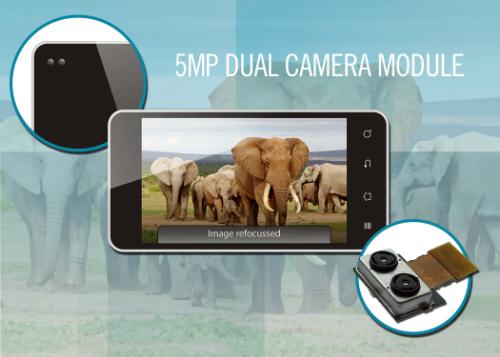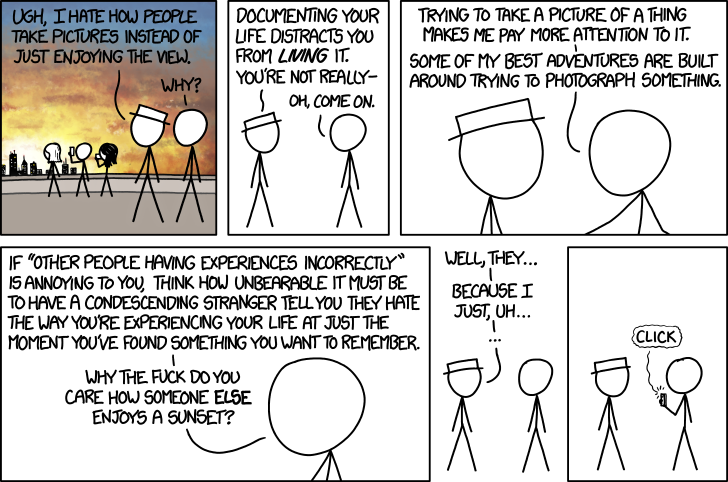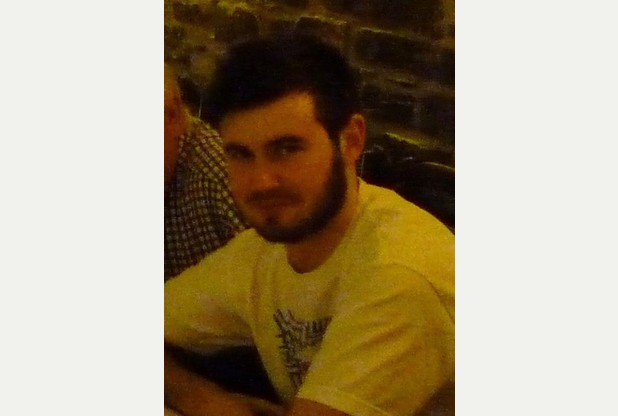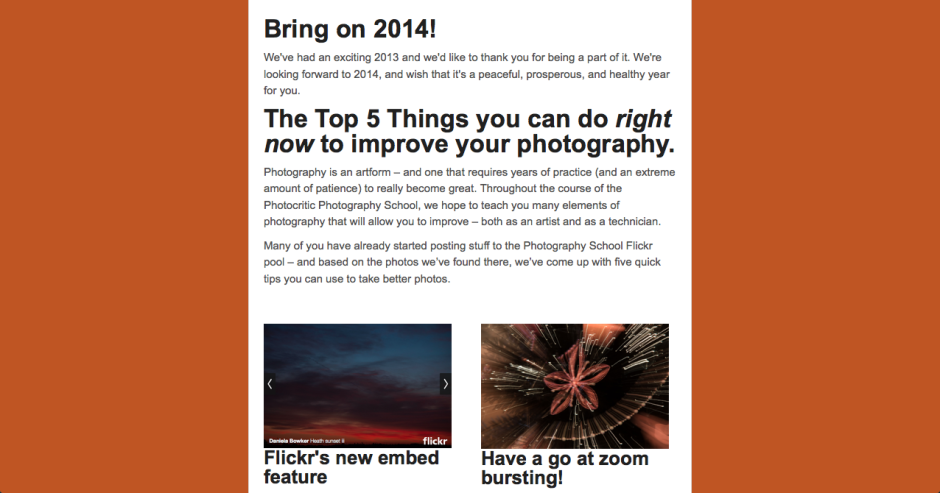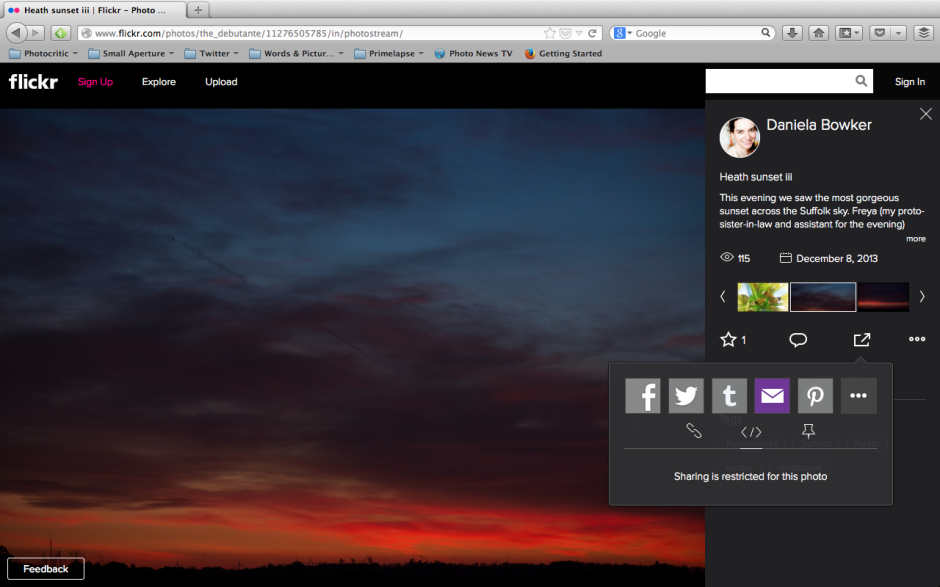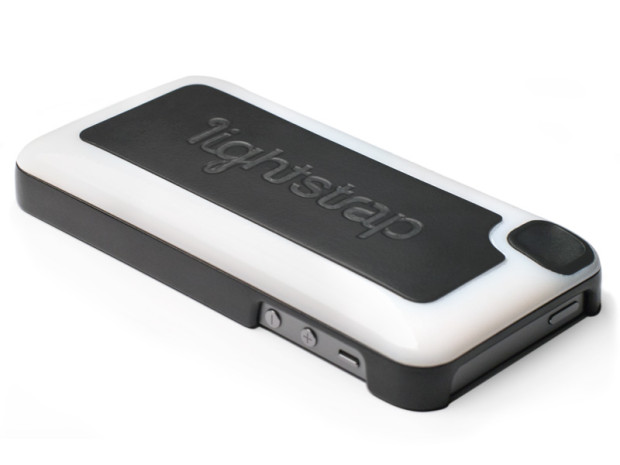Canon has announced the Powershot N100 at CES: the idea behind it (or even in front of it), is that it's a camera that can tell both sides of the photographic story with simultaneous functioning front- and rear-facing cameras. After the launch of the Powershot N at CES last year, which appeared to be Canon's quirky attempt to lure smartphone users back to compact cameras (as if that were ever going to happen in a hurry), the N100 is more functional type of camera aimed at people who want to use photos to capture life in front of and behind the lens, and share it easily.
My immediate reaction to the dual camera function is that I have absolutely no desire for anyone or anything to try to photograph me while I'm taking a photo. I'm usually pulling a face or sticking out my tongue in concentration (I have a habit of doing that). Canon, however, sees it as a way to ensure that you record your own reaction, either in still or video, to a situation that warrants it: baby's first steps, for example.
Smart Auto Technology has a bank of 58 different scene options to ensure that you make the most of your photo situations. There's the Hybrid Auto feature, too, which captures four seconds of video before you release the shutter when taking a still image.
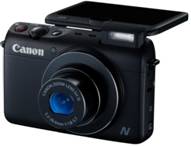
There's also a Story Highlights mode that's meant to take the strain out of editing. It uses an algorithm to analyse all of your photos and create a highlights album organised by theme, date, or faces (if you've registered with the camera). I don't know about you, but I'd be concerned that the important photos, the ones that weren't quite perfect or captured something slightly abstract, would be overlooked and ignored.
The N100 has built-in wi-fi. It connects to smartphones using the Mobile Device Connect Button with NFC support, via Canon’s CameraWindow app. You can also back up your images to cloud storage sites or Flickr via the Mobile Device Connect Button in conjunction with CANON iMAGE GATEWAY. The CameraWindow app also gives you the option to remotely control the N100 directly your smartphone.
The N100 has more bells, whistles, and toys than you can shake a stick at, with modes such as background defocus and Creative Twist that lets you capture six different versions of one image. It has 46 different creative effects, grouped into four categories – Monochrome, Retro, Special and Natural – for you to pre-select from before you start shooting.
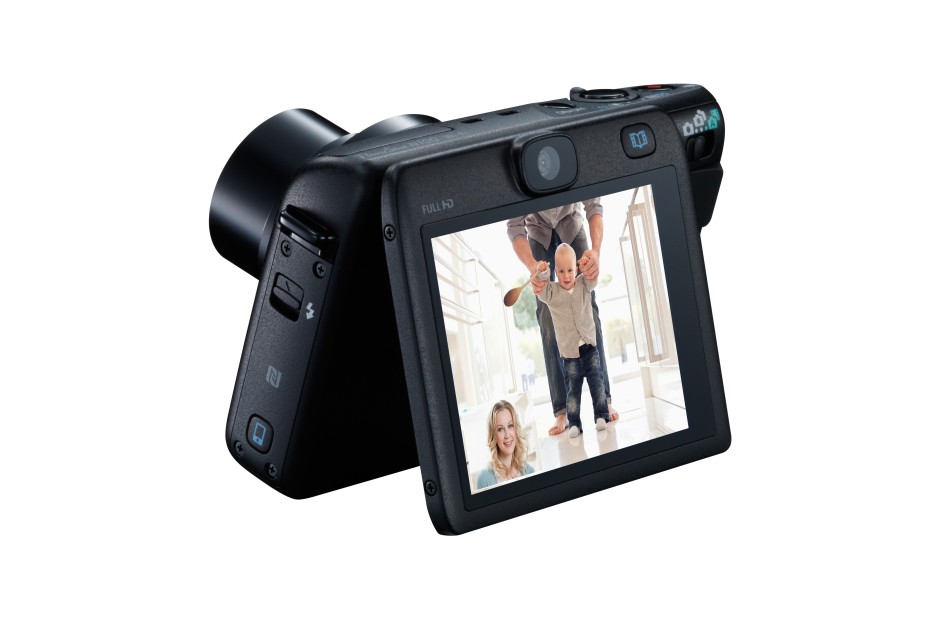
Spec-wise, the N100 is powered by a DIGIC 6 processor with a 12.1 Megapixel 1/1.7" CMOS sensor. On the front it has a 24mm lens with 5× optical zoom. On the back, it's a 25mm lens. It'll cost £350 (or $349 if you're in the US). And it won't be available until May. May!
Oh Canon. I think you've done it again. I think you've tried to be quirky, fun, and innovative, but you've ended up looking like your great auntie Doris who's turned up to a party wearing clothes that were in fashion 20 years ago and are four sizes too small for her. I doubt that much here can tempt someone away from a smartphone for £350, or offer much that someone who's actively looking for a compact camera really needs. Given that it's not slated to appear until May, how many smartphones will be recording with front- and rear-facing cameras simultaneously by then? You have to give Canon some marks for trying, but not many for execution.






